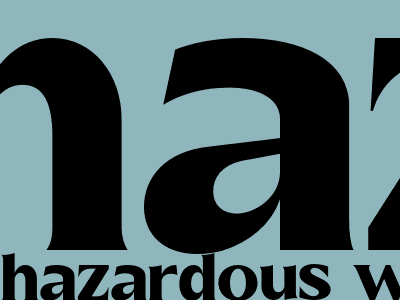
Hazardous Waste: A Comprehensive Guide
What is Hazardous Waste?
Hazardous waste is any waste that poses a threat to human health or the environment. It can be generated by a variety of sources, including industries, households, and businesses.
Hazardous waste can be classified into several categories, based on its characteristics:
- Ignitable
- Corrosive
- Reactive
- Toxic
Sources of Hazardous Waste
Some common sources of hazardous waste include:
- Industrial processes
- Commercial activities
- Agricultural operations
- Household cleaning products
- Batteries
- Electronics
Dangers of Hazardous Waste
Hazardous waste can have a wide variety of negative impacts on human health and the environment, including:
- Cancer
- Birth defects
- Neurological damage
- Pollution of air, water, and soil
- Destruction of ecosystems
Proper Management of Hazardous Waste
It is essential to properly manage hazardous waste to protect human health and the environment. This involves:
- Reducing the generation of hazardous waste
- Recycling and reuse of hazardous waste
- Proper treatment and disposal of hazardous waste
Waste Reduction and Recycling
One of the best ways to reduce the impact of hazardous waste is to reduce its generation. This can be done by:
- Using less hazardous materials
- Finding alternative, non-hazardous materials
- Improving waste management practices
Recycling and reuse of hazardous waste can also reduce its environmental impact. This involves:
- Finding new uses for hazardous waste
- Reprocessing hazardous waste into new materials
- Using hazardous waste as a fuel source
Treatment and Disposal
Hazardous waste that cannot be reduced or recycled must be properly treated and disposed of. This involves:
- Incineration
- Landfilling
- Stabilization
- Solidification
Regulation of Hazardous Waste
The management of hazardous waste is regulated by a variety of laws and regulations. These laws and regulations are designed to protect human health and the environment from the dangers of hazardous waste.